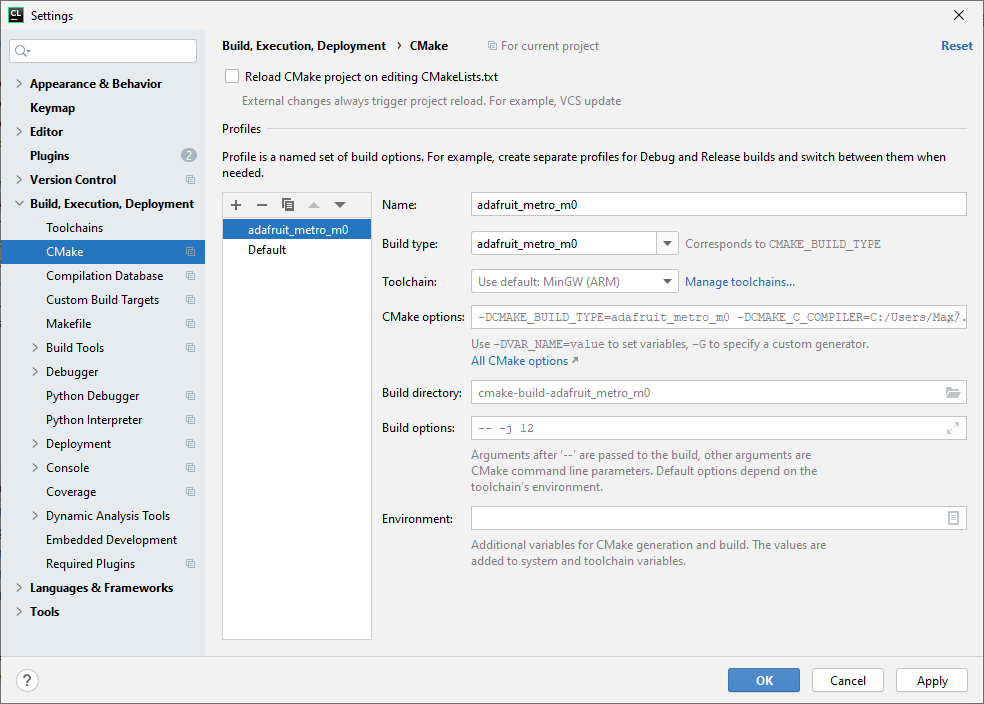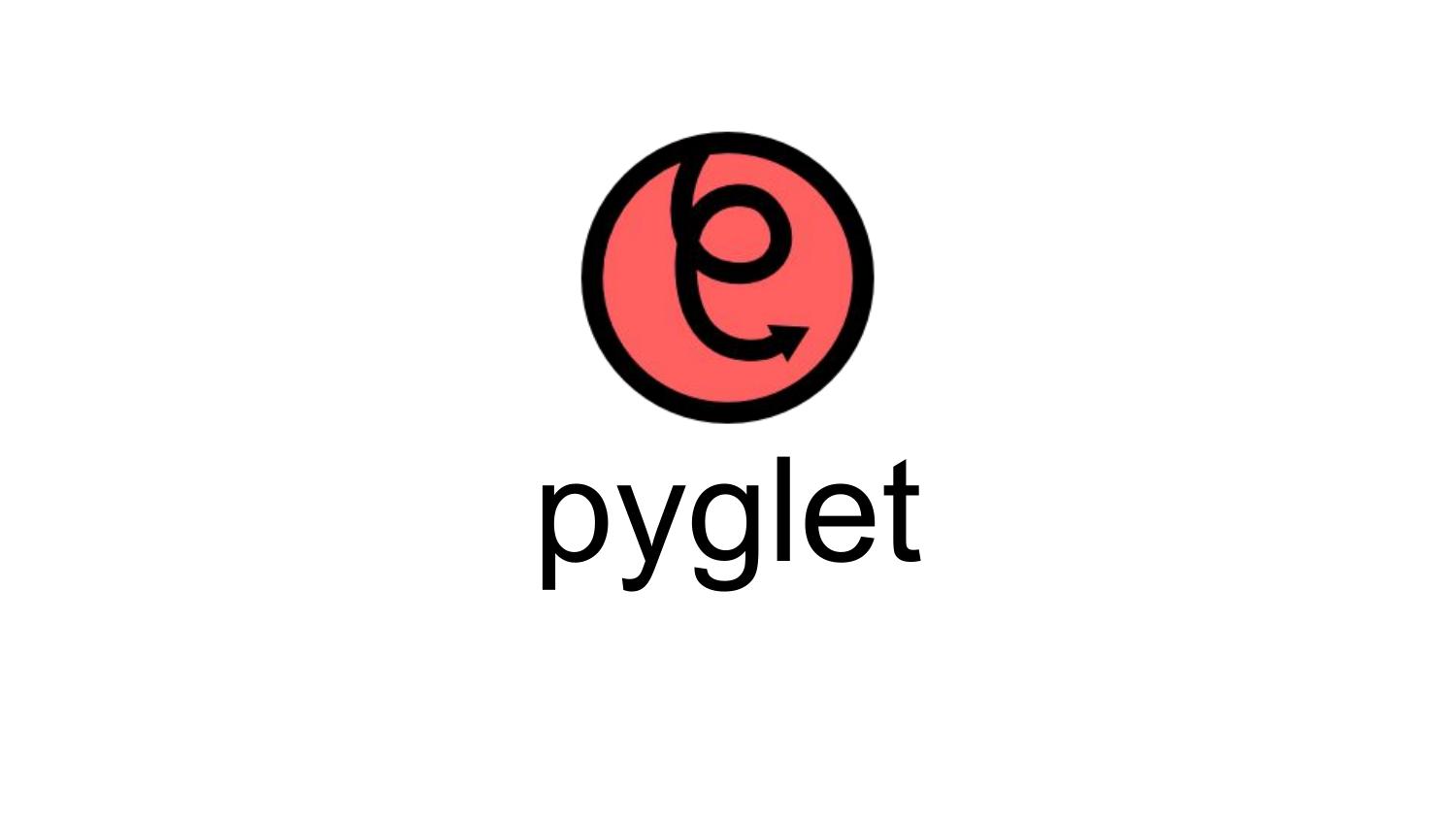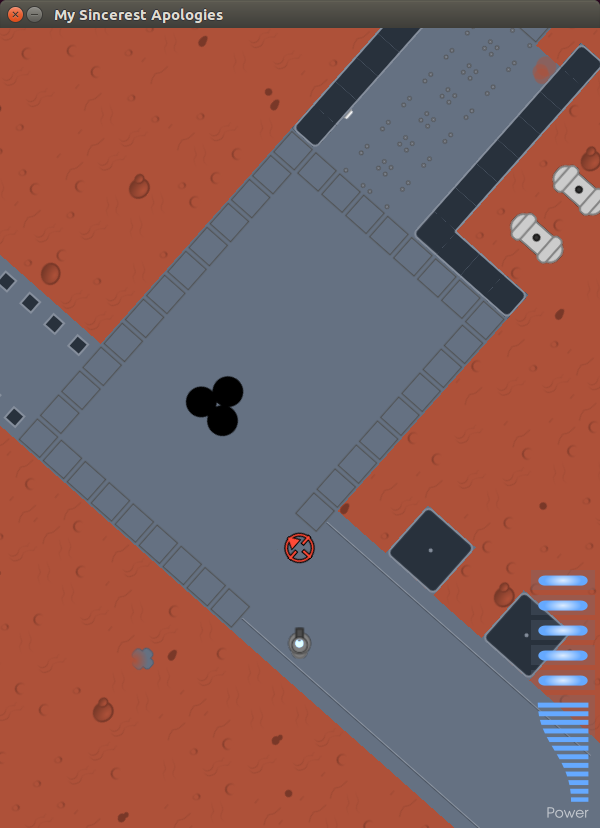Clion add library clion cannot find any cmake profile undefined reference to pthreadcreate cmake link static library cmake link two libraries clion without cmake c executable vs c library clion cmake include library. I've looked all over and I can't figure out how to get CLion to link the lpthread library. I know that w/ gcc you can just type. CMake profiles - Help, You can quickly access this dialog from Find Action (Ctrl+Shift+A) (search for Currently, this setting does not apply to the case of creating a CMake You can set up any CMake generator available for your platform and use In CLion, there are two ways to specify compiler flags: either in CMake options of a profile, or right in the CMakeLists.txt script. It's NOT the same problem. It used to be the 'CMAKEROOT' not found problem, but after weeding out all the stuff brew doctor chastised me for, it changed. But since brew was still reporting the open issues links, I didn't realize they weren't as relevant any more.

If you're unsure what to do, the recommended method is to install it into your local site-packages directory. Pyglet is available on PyPI. And can be installed like any other Python library via pip. 17 pyglet.gl.glClearColor(0.5, 0.5, 0.5, 1) 18 19 pyglet.clock.scheduleinterval(win.moveObjects, 1.0/20) 20 21 pyglet.app.run Although it is not required, we will encapsulate event handling and other functionality within a class SingleImageAnimation. The program to be developed is short, but in general, it is a good coding practice.
| importsys, time, math, os, random |
| frompyglet.glimport* |
| window=pyglet.window.Window() |
| keyboard=pyglet.window.key.KeyStateHandler() |
| window.push_handlers(keyboard) |
| classTexturedSquare: |
| def__init__(self, width, height, xpos, ypos, texturefile): |
| self.xpos=xpos |
| self.ypos=ypos |
| self.angle=0 |
| self.size=1 |
| self.texture=pyglet.image.load(texturefile).get_texture() |
| x=width/2.0 |
| y=height/2.0 |
| self.vlist=pyglet.graphics.vertex_list(4, ('v2f', [-x,-y, x,-y, -x,y, x,y]), ('t2f', [0,0, 1,0, 0,1, 1,1])) |
| defdraw(self): |
| glPushMatrix() |
| glTranslatef(self.xpos, self.ypos, 0) |
| glRotatef(self.angle, 0, 0, 1) |
| glScalef(self.size, self.size, self.size) |
| glColor3f(1,1,1) |
| glEnable(GL_TEXTURE_2D) |
| glBindTexture(GL_TEXTURE_2D, self.texture.id) |
| self.vlist.draw(GL_TRIANGLE_STRIP) |
| glDisable(GL_TEXTURE_2D) |
| glPopMatrix() |
| @window.event |
| defon_draw(): |
| glClearColor(0, 0.3, 0.5, 0) |
| glClear(GL_COLOR_BUFFER_BIT) |
| square1.draw() |
| defupdate(dummy): |
| globalsquare1 |
| ifkeyboard[pyglet.window.key.A]: |
| square1.xpos-=5 |
| ifkeyboard[pyglet.window.key.D]: |
| square1.xpos+=5 |
| ifkeyboard[pyglet.window.key.W]: |
| square1.ypos+=5 |
| ifkeyboard[pyglet.window.key.S]: |
| square1.ypos-=5 |
| ifkeyboard[pyglet.window.key.UP]: |
| square1.size*=1.1 |
| ifkeyboard[pyglet.window.key.DOWN]: |
| square1.size/=1.1 |
| ifkeyboard[pyglet.window.key.LEFT]: |
| square1.angle+=5 |
| ifkeyboard[pyglet.window.key.RIGHT]: |
| square1.angle-=5 |
| square1=TexturedSquare(120, 120, 300, 200, 'texture.jpg') |
| pyglet.clock.schedule_interval(update,1/60.0) |
| pyglet.app.run() |
Pyglet Tutorial

pyglet is a pure python library, so no special steps are required forinstallation. You can install it in a variety of ways, or simply copy thepyglet folder directly into your project. If you're unsure what to do,the recommended method is to install it into your local site-packagesdirectory. pyglet is available on PyPI.and can be installed like any other Python library via pip:
You can also clone the repository using git and install from source:
Pyglet Examples
To play compressed audio and video files (anything except for WAV), you will needFFmpeg.


If you're unsure what to do, the recommended method is to install it into your local site-packages directory. Pyglet is available on PyPI. And can be installed like any other Python library via pip. 17 pyglet.gl.glClearColor(0.5, 0.5, 0.5, 1) 18 19 pyglet.clock.scheduleinterval(win.moveObjects, 1.0/20) 20 21 pyglet.app.run Although it is not required, we will encapsulate event handling and other functionality within a class SingleImageAnimation. The program to be developed is short, but in general, it is a good coding practice.
| importsys, time, math, os, random |
| frompyglet.glimport* |
| window=pyglet.window.Window() |
| keyboard=pyglet.window.key.KeyStateHandler() |
| window.push_handlers(keyboard) |
| classTexturedSquare: |
| def__init__(self, width, height, xpos, ypos, texturefile): |
| self.xpos=xpos |
| self.ypos=ypos |
| self.angle=0 |
| self.size=1 |
| self.texture=pyglet.image.load(texturefile).get_texture() |
| x=width/2.0 |
| y=height/2.0 |
| self.vlist=pyglet.graphics.vertex_list(4, ('v2f', [-x,-y, x,-y, -x,y, x,y]), ('t2f', [0,0, 1,0, 0,1, 1,1])) |
| defdraw(self): |
| glPushMatrix() |
| glTranslatef(self.xpos, self.ypos, 0) |
| glRotatef(self.angle, 0, 0, 1) |
| glScalef(self.size, self.size, self.size) |
| glColor3f(1,1,1) |
| glEnable(GL_TEXTURE_2D) |
| glBindTexture(GL_TEXTURE_2D, self.texture.id) |
| self.vlist.draw(GL_TRIANGLE_STRIP) |
| glDisable(GL_TEXTURE_2D) |
| glPopMatrix() |
| @window.event |
| defon_draw(): |
| glClearColor(0, 0.3, 0.5, 0) |
| glClear(GL_COLOR_BUFFER_BIT) |
| square1.draw() |
| defupdate(dummy): |
| globalsquare1 |
| ifkeyboard[pyglet.window.key.A]: |
| square1.xpos-=5 |
| ifkeyboard[pyglet.window.key.D]: |
| square1.xpos+=5 |
| ifkeyboard[pyglet.window.key.W]: |
| square1.ypos+=5 |
| ifkeyboard[pyglet.window.key.S]: |
| square1.ypos-=5 |
| ifkeyboard[pyglet.window.key.UP]: |
| square1.size*=1.1 |
| ifkeyboard[pyglet.window.key.DOWN]: |
| square1.size/=1.1 |
| ifkeyboard[pyglet.window.key.LEFT]: |
| square1.angle+=5 |
| ifkeyboard[pyglet.window.key.RIGHT]: |
| square1.angle-=5 |
| square1=TexturedSquare(120, 120, 300, 200, 'texture.jpg') |
| pyglet.clock.schedule_interval(update,1/60.0) |
| pyglet.app.run() |
Pyglet Tutorial
pyglet is a pure python library, so no special steps are required forinstallation. You can install it in a variety of ways, or simply copy thepyglet folder directly into your project. If you're unsure what to do,the recommended method is to install it into your local site-packagesdirectory. pyglet is available on PyPI.and can be installed like any other Python library via pip:
You can also clone the repository using git and install from source:
Pyglet Examples
To play compressed audio and video files (anything except for WAV), you will needFFmpeg.
Running the examples¶
Pyglet 3d
The source code archives include examples. Archives areavailable on Github:
Pyglet Button
As mentioned above, you can also clone the repository using Git:

